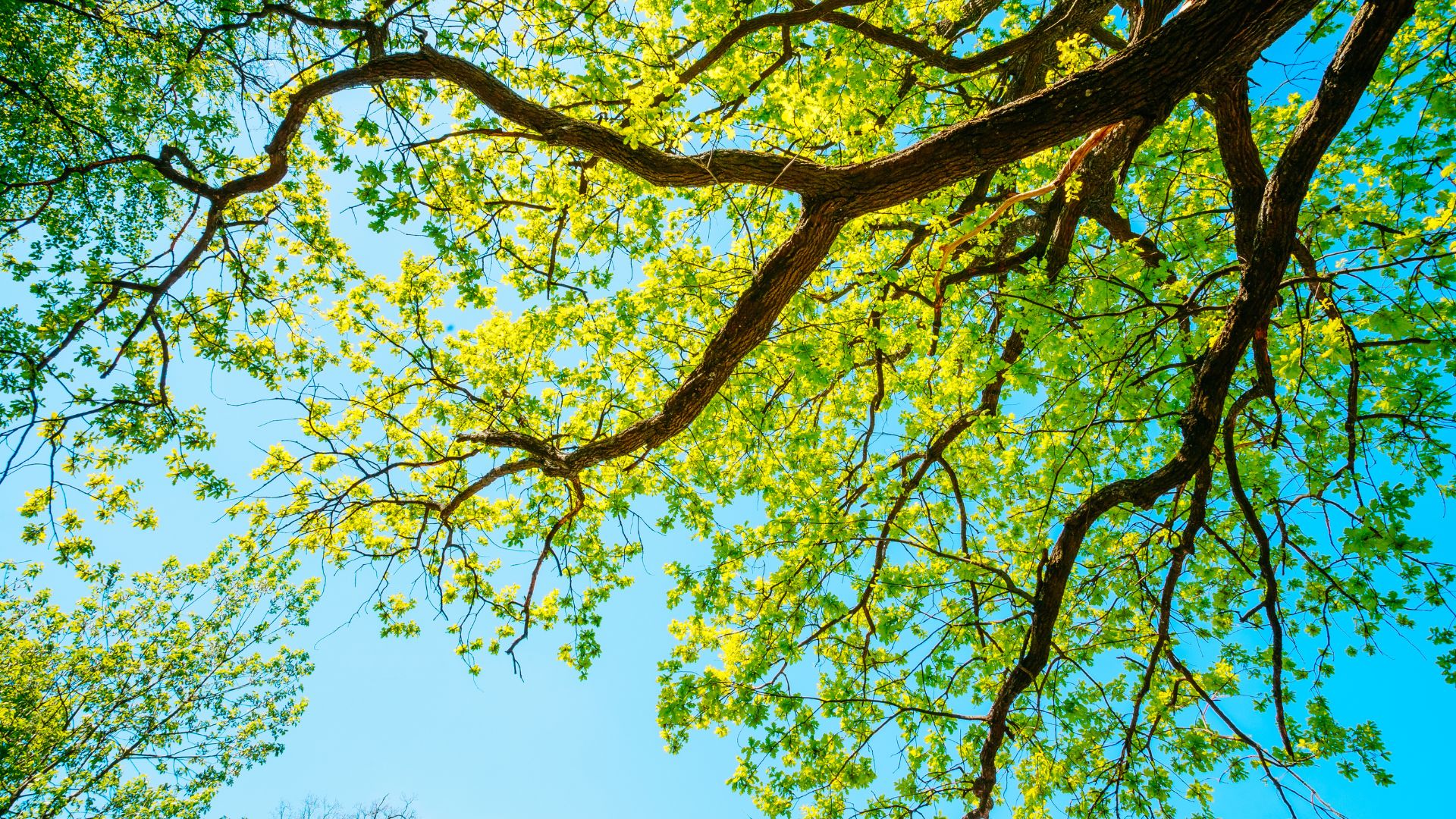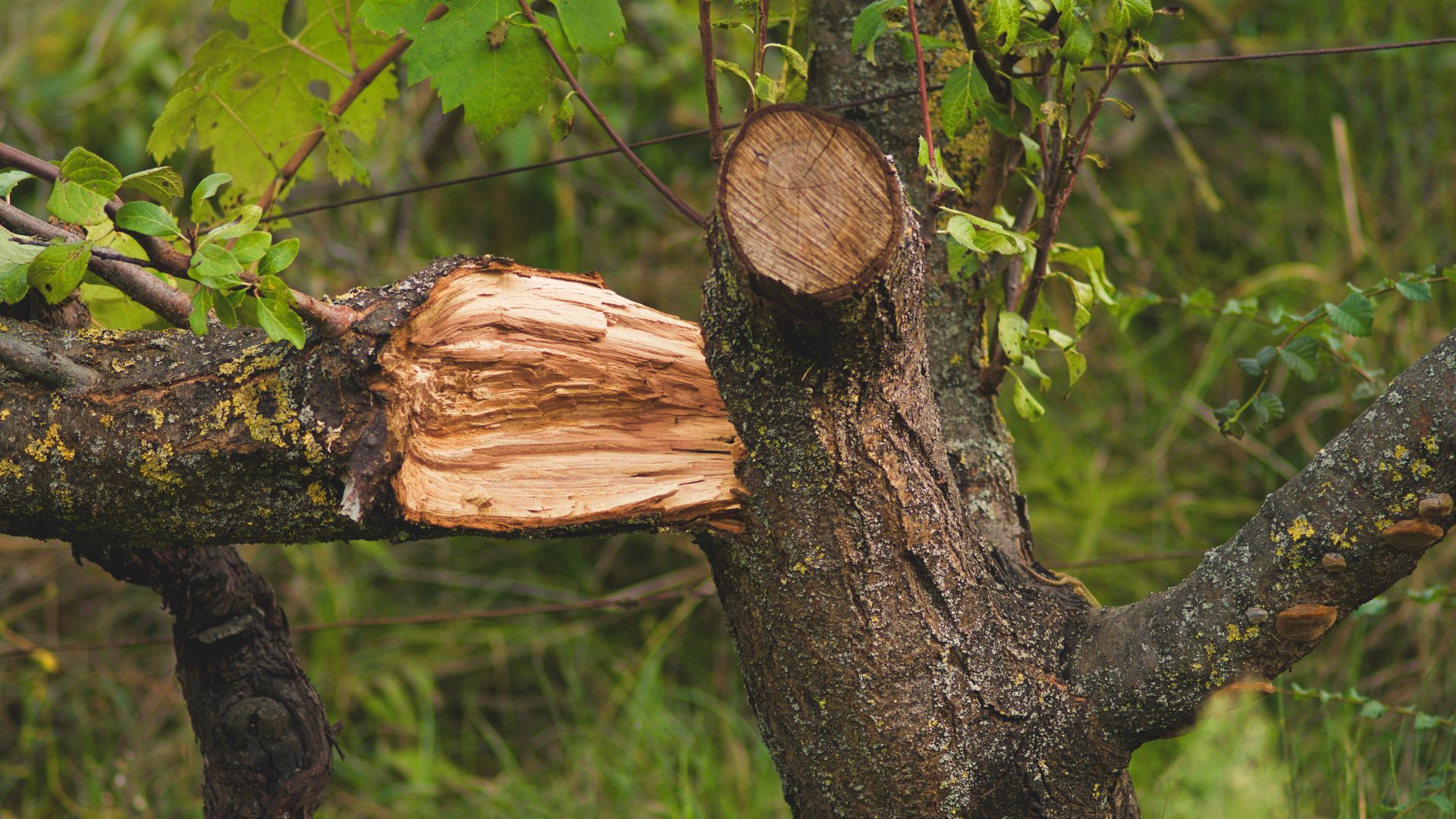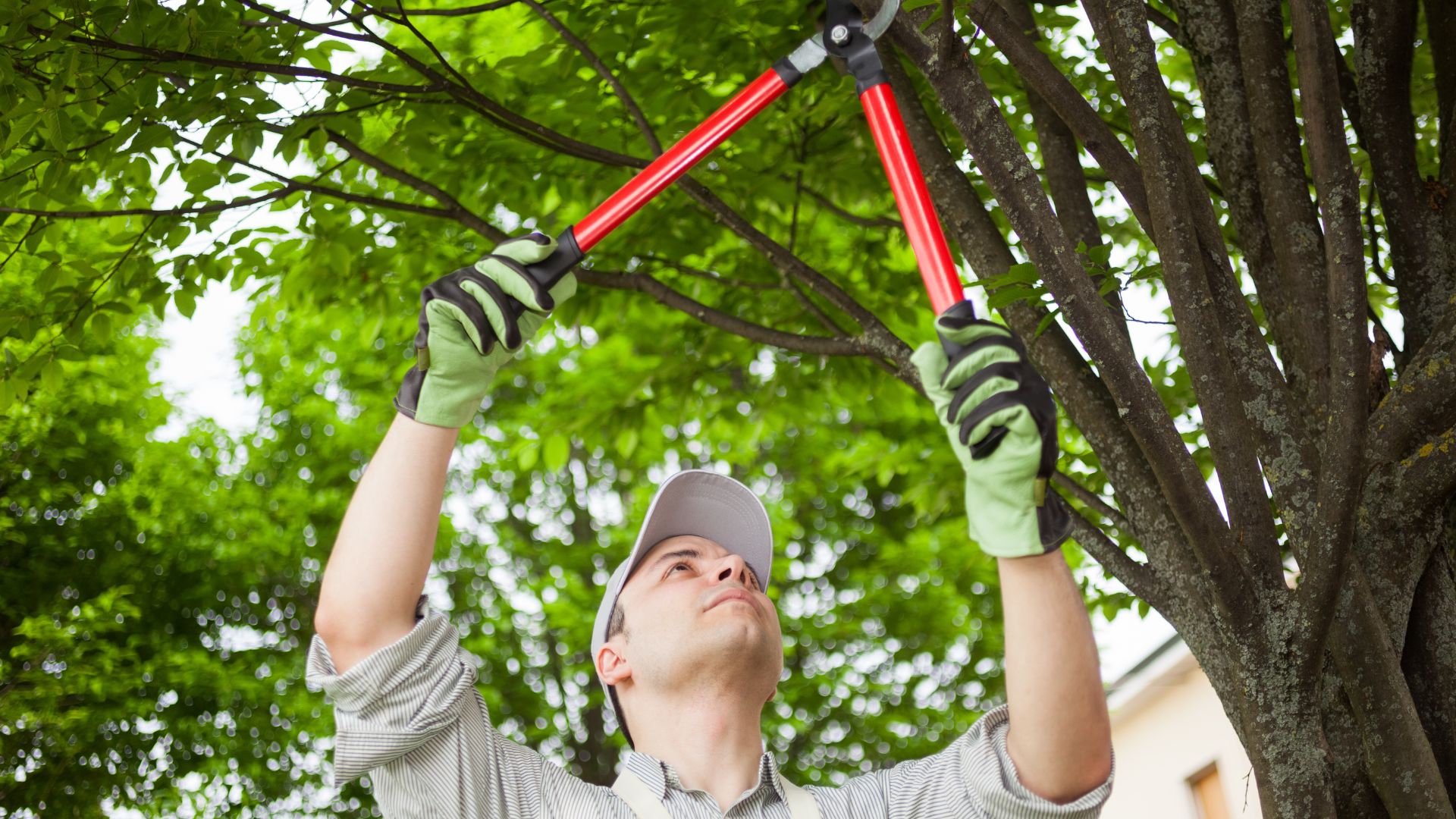You’ve invested time and money into making your Colorado Springs property beautiful, but those towering pines and sprawling cottonwoods might be silently screaming for professional tree trimming. When branches start casting more shade than your patio umbrella or scraping against your windows during those famous Front Range wind gusts, it’s not just an annoyance—it’s your trees sending an SOS.
The Hidden Costs of Neglected Trees
Let’s be honest—tree maintenance is often overlooked until a problem arises. But waiting until branches come crashing down during a spring snowstorm or summer thunderstorm can cost you far more than professional tree trimming would have. Neglected trees don’t just threaten your property; they put your family’s safety at risk and can significantly decrease your home’s value.
In Colorado Springs, where weather extremes are the norm rather than the exception, proper tree care isn’t a luxury—it’s a necessity. Our unique combination of high altitude, intense sun, sudden temperature swings, and powerful winds creates special challenges for trees and homeowners alike. What might be a minor issue in another climate can quickly become a major problem in the shadow of Pikes Peak.
Sign #1: Branches Touching Your Home or Structures
When trees get too friendly with your house, it’s time for professional tree trimming intervention. This isn’t just about aesthetics—it’s about protecting your biggest investment.
Roof Vulnerability
Branches that constantly brush against your roof act like sandpaper, gradually wearing away shingles and creating openings for moisture. In Colorado Springs, where we can get both intense summer sun and heavy winter snow, this double threat can significantly shorten your roof’s lifespan.
Wildlife Highways
Those branches touching your home aren’t just damaging your structure—they’re creating perfect pathways for squirrels, raccoons, and other critters to access your attic. As charming as Colorado wildlife can be when viewed from a distance, no one wants a family of squirrels turning their insulation into a winter resort.
Fire Hazards
In our region, where wildfire mitigation is a serious concern, branches touching structures create dangerous fuel bridges. Keeping your trees trimmed creates defensive space that firefighters recommend for homes in the wildland-urban interface areas like those in the western and northern parts of Colorado Springs.
Sign #2: Dead or Dying Branches
Dead branches aren’t just eyesores—they’re accidents waiting to happen, especially in our unpredictable Colorado weather.
Safety Threats
Dead branches don’t announce when they’re about to fall. That branch that’s been hanging on through multiple winters might finally decide to surrender during your next backyard barbecue. Professional trimming removes these hazards before gravity does the job for you—at a much higher cost.
Disease Vectors
Dead branches provide a breeding ground for fungi, insects, and diseases that can affect healthy parts of the tree. In Colorado Springs, where pine beetles and other pests are common concerns, prompt removal through professional tree trimming can save the entire tree.
Visual Indicators
Look for branches with no leaves during the growing season (on deciduous trees), brittle wood, peeling bark, or discoloration. After our heavy spring snows, watch for branches that don’t bounce back to their normal position—this often indicates structural damage that requires professional attention.
Sign #3: Overgrown Canopy and Light Blockage
When your tree’s canopy becomes so dense that your lawn is struggling or your solar panels are being shaded, professional tree trimming can help restore balance.
Lawn Health
Trees and grass can coexist beautifully, but when tree canopies block too much light, your once-lush lawn might start resembling a patchy desert landscape. In Colorado’s already challenging growing environment, your grass needs all the help it can get.
Energy Implications
Properly trimmed trees can reduce your energy bills by providing strategic shade in summer while allowing warming sunlight in winter. But overgrown trees can block too much winter sun, leading to higher heating costs and those infamous icy patches on Colorado Springs driveways and walkways that never seem to melt.
Growth Interference
When branches crowd each other, they compete for light and air circulation. Professional tree trimming opens up the canopy, allowing better air flow that reduces disease pressure and improves the tree’s overall health. This is particularly important at our elevation, where trees already face higher UV stress than at lower altitudes.
Related: What to Look for When Choosing the Best Tree Services in Colorado Springs

Sign #4: Lopsided or Unbalanced Growth
Trees that look like they’re leaning to one side aren’t just aesthetically awkward—they could be setting up for a catastrophic fall.
Structural Warnings
Trees that grow unevenly, whether from previous storm damage, improper pruning, or competition for light, are more likely to fail in Colorado’s high winds or under heavy snow loads. Professional tree trimming can help redistribute weight and reduce the risk of falling.
Root Implications
When a tree grows significantly off-center, it puts uneven pressure on the root system. This is especially problematic in areas of Colorado Springs with clay soils that expand and contract dramatically with moisture changes, potentially destabilizing the tree further.
Correction Potential
Young trees with uneven growth can often be corrected through professional tree trimming before the imbalance becomes permanent. For established trees, professional trimming can’t completely fix severe imbalances but can reduce the risks they pose.
Sign #5: Crossing or Rubbing Branches
Branches that cross and rub against each other create wounds that invite disease and pests—problems that consulting a professional tree service company can prevent.
Bark Damage
Branches that rub together wear away protective bark, creating entry points for insects and diseases. These wounds are particularly problematic in Colorado’s dry climate, where trees already face moisture stress and may struggle to heal properly.
Structural Weakness
Crossing branches often compete for the same space, leading to weaker attachment points and increased likelihood of breakage during our notorious Colorado windstorms or spring snow events.
Identification Clues
Look up into your tree canopy on a bright day. Crossing branches are easier to spot when backlit. Listen during windy days—the squeaking or rubbing sounds you hear are branches creating wounds that professional tree trimming could prevent.
Sign #6: Excessive Sprout Growth
When your tree starts sprouting growth in unusual places, it’s often a cry for help that a professional can address.
Stress Signals
Water sprouts (shoots growing straight up from branches) and suckers (shoots growing from the base) often indicate a tree under stress. In Colorado Springs, where trees face challenges from drought, altitude, and temperature extremes, these growth patterns might signal that the tree is desperately trying to produce new foliage after losing too much to damage or disease.
Energy Vampires
These fast-growing sprouts drain energy from the main tree while rarely developing into structurally sound branches. Professional tree trimming removes these energy-wasters, allowing the tree to direct resources where they’re most needed.
DIY Dangers
While it might be tempting to remove these obvious sprouts yourself, improper cutting can create more harm than good. When professionals handle the job, you can trust that your trees receive precise cuts that support healthy healing and discourage new sprouts.

Sign #7: Storm Damage or Breakage
After Colorado’s infamous windstorms, hailstorms, or heavy spring snows, trees often need professional attention to recover properly.
Hanging Hazards
Partially broken branches—often called “widow makers” in the tree care industry—can hang on for months before suddenly falling. Hiring a professional to prune your trees in Colorado Springs removes these dangerous hangers before they cause injury or property damage.
Proper Pruning
Storm-damaged trees need specialized care to promote rapid healing and prevent further damage. After Colorado Springs’ dramatic weather events, professional tree trimming can make a difference between a tree that bounces back from Colorado Springs’ harsh weather and one that steadily declines.
Timing Matters
While emergency removal of hazardous branches shouldn’t wait, other post-storm pruning may need to be timed appropriately. A professional tree service company knows the best timing for different tree species in our unique climate, maximizing the chances for full recovery.
Why Choose Peak Tree Service
When your Colorado Springs property shows any of these seven warning signs, it’s time to take action with professional tree trimming from a team that understands our unique local challenges.
Local Expertise
Peak Tree Service combines technical knowledge with a deep understanding of Colorado Springs’ unique growing conditions. Our professional service approaches address the specific challenges trees face at our elevation, from intense UV exposure to dramatic temperature swings that stress even native species.
Preventative Care Saves Money
According to the Arbor Day Foundation, proper tree pruning can extend a tree’s life by decades while significantly reducing safety risks. Our professional tree trimming doesn’t just fix current problems—it helps prevent costly future issues that often emerge after our notorious Colorado storms.
Seasonal Awareness
Different tree issues become more apparent in different seasons. Our professional assessment can identify problems that might not be obvious to the untrained eye and develop a trimming plan that addresses both immediate concerns and long-term tree health.
Safe, Reliable Service
Tree trimming can be hazardous, especially on Colorado Springs’ hilly terrain. With specialized equipment and methods, our fully insured crews safely tackle even the most difficult jobs, keeping your property and landscape protected.
Take Action for Healthier Trees Today
In a region where trees must contend with challenging conditions year-round, professional tree trimming isn’t a luxury—it’s essential care that protects your property, enhances your landscape’s beauty, and contributes to the overall health of our Colorado Springs urban forest. When you notice any of these seven signs on your Colorado Springs property, don’t wait for a storm to turn minor issues into major problems – schedule your free consultation with Peak Tree Service today.

